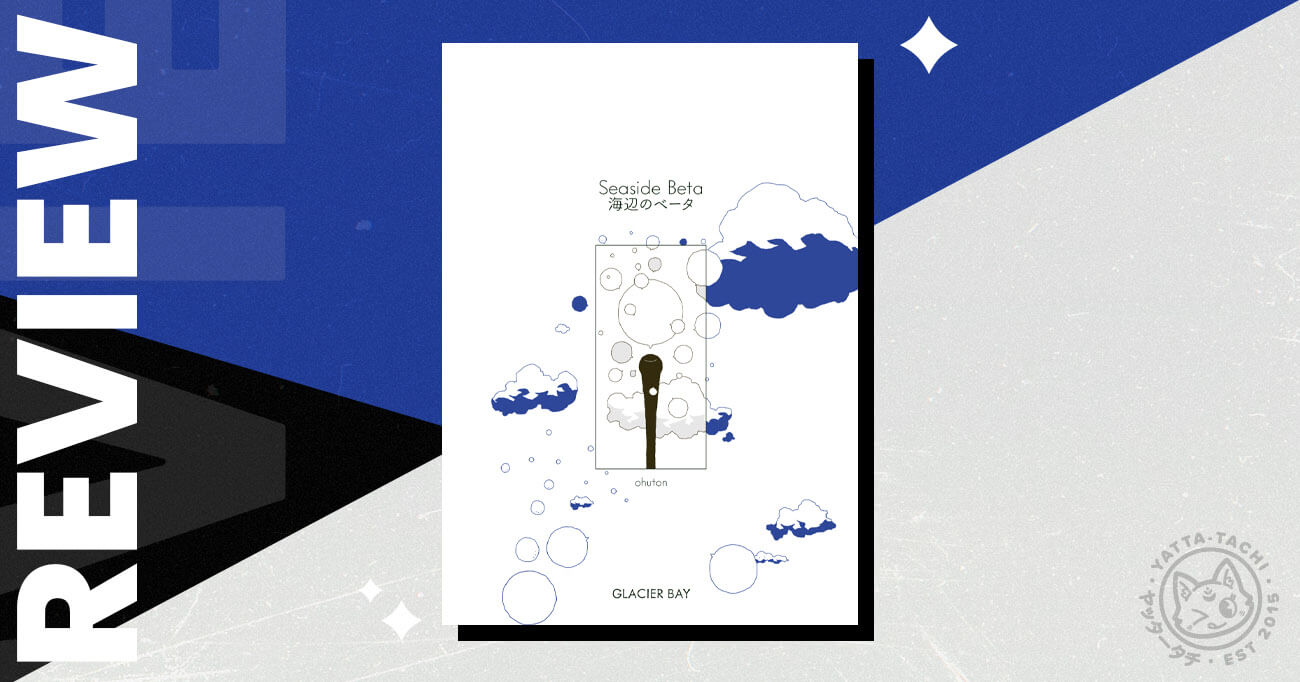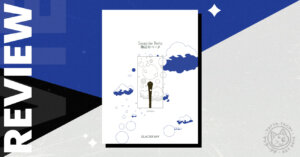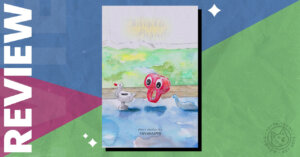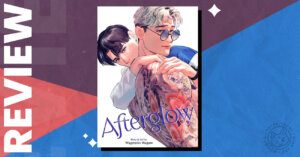Synopsis
Ikebe is a student attending university. In Professor Shiraishi’s lab, he studies the building blocks of the world: the speech balloons that appear when people speak, a mysterious iconography that expresses their thoughts, and black towers that may or may not contain the secrets of the world. A local religious cult insists that only they have the answers. But Ikebe knows the truth: he has seen the world of color beyond the realm of black and white. One day, he will return to that black-and-white world.
The flattest land
Seaside Beta lays out its intentions in the very first chapter. Ikebe’s classmate, Leader, says that she has been reading a book called “Flattest Land.” Any science fiction fan will recognize that as a reference to Flatland, a short novel written by Edwin Abbott Abbott and published in 1884. Flatland takes place in a world of shapes rather than people: squares, triangles, circles, and so on. The more sides you have in that world, the higher your social class. Beyond Flatland, though, are realms of the third and perhaps even fourth dimension. Realms that Flatland’s inhabitants cannot believe exist.
Flatland is remembered today as a satire of class, where circles insist that other shapes with fewer sides know their place. (Women don’t even get to be shapes; they are lines.) Seaside Beta, though, is much more interested in the question of dimensionality. What would it be like for a square to see a sphere for the first time? Or, how would a manga character react if they caught a glimpse of red in a monochrome world?
A world of surfaces
This is a book about what transcendence looks like in a world of flat surfaces. For instance, hitting a badminton birdie into your own speech bubble by mistake. Spotting a spectre caught between 2D and 3D realms. Learning that the universe has a “main character,” and it might not be you.
The most successful parts come when the artist, ohuton, breaks the laws of manga. Red, green and blue flash into existence alongside the black and white. Characters pixelate into squares, or escape their panels for new lands. There are even text sections interspersed with the art, representing visual information that cannot be represented by drawings.
Beyond the boundary
Two guiding influences keep the book from flying to pieces. The first is ohuton’s line work, which is thin and wobbly. More like something you’d draw in Microsoft Paint than a hand-drawn sketch. This combined with the use of 3D camera perspective and pale grey shadows create a world where the characters and their dimensionality are always at the front of your mind. I don’t know whether Seaside Beta was drawn by hand or on a computer, but it’s definitely a book that, to me, feels inspired by digital art rather than traditional manga illustration.
The second is the production quality of Glacier Bay Books’s release. This is an extraordinarily difficult book to package: it’s an almost 300-page black-and-white graphic novel that switches between monochrome and color printing seamlessly. Totally different from most manga published today, where color and layout are there to support the main story rather than being an important part of it. Glacier Bay didn’t just deliver a quality book that passes convincingly as an “ordinary manga,” but they embossed the front and back covers with clues you may only catch after reading. It’s exemplary work that’s well deserving of an American Manga Award nomination.
Big-brained ideas
While Seaside Beta is a special book, I wouldn’t say that it is a book for everybody. ohuton is so concerned with ideas and structure that their characters are more of an afterthought. I thought the protagonist Ikebe was the most well-drawn, as a student who learns what it means to dedicate your life to an academic pursuit that may never pay off. The other characters have their moments, and there’s a sense of time passing that grants poignancy to their earlier appearances. But they can’t help but fade into the background when compared with the book’s true focus: the pursuit of knowledge.
ohuton’s passion for high concept ideas reminds me a bit of Toh Enjoe, a novel writer who’s currently scripting Science Saru’s Ghost in the Shell reboot, which will come out next year. Enjoe also enjoys building stories around scientific inquiry into big-brained ideas. I find his works enjoyable, but they put others to sleep. I suspect that Seaside Beta might engender similar reactions in people. You have to approach it with the right set of expectations.
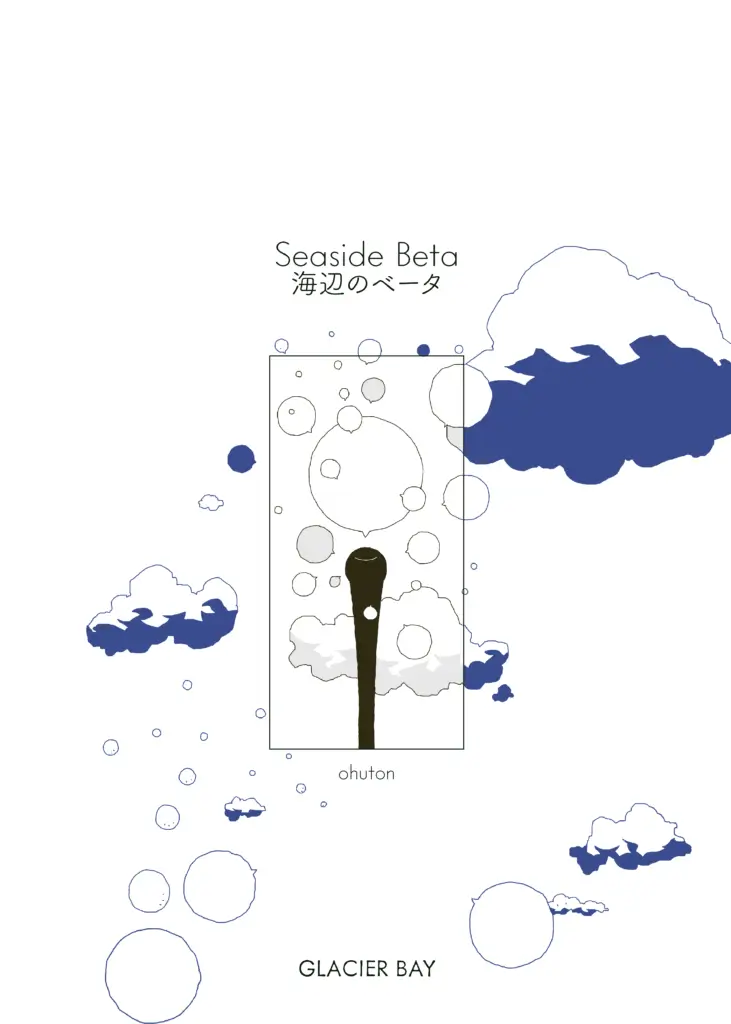
The Verdict
If you’re on the hunt for novelty, though, you’ve come to the right place. Seaside Beta’s focus on worlds outside of worlds isn’t necessarily original. ohuton and Glacier Bay’s delivery mechanism for that theme, though, is unique among other manga that I have read. It’s also a trick that could only work with a small press book. If you’re the kind of reader who cares about those things, I’d recommend checking out Seaside Beta for that reason alone.
Seaside Beta is available to buy on Glacier Bay Books’s website.
If you liked Seaside Beta, you may like…
- And the Strange and Funky Happenings One Day
- How Many Light-Years to Babylon?
- Orb: On the Movements of the Earth
Credits
Story & Art: ohuton
Translation: rkp
Lettering: Lauren Eldon
Editing & Design: emuh ruh
Published in English by Glacier Bay Books
A special thanks to Glacier Bay Books for providing us with a review copy of this title. Receiving a review copy of manga has in no way altered the opinions expressed in this article.
Article edited by: Stephanie Liu
The Good
- Science fiction story where the layout of the book serves the narrative
- Makes effective use of color in manga format
The Bad
- Balance sacrifices character for high concept and theme
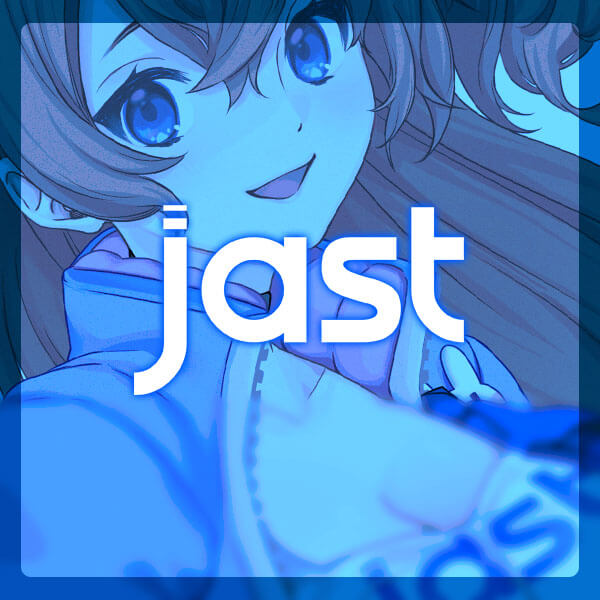
Featured Sponsor - JAST
The sweetest romance and the darkest corruption, the biggest titles and the indie darlings; for visual novels and eroge, there's nowhere better.
Big thank you to our supporters
From their continous support, we are able to pay our team for their time and hard work on the site.
We have a Thank-You page dedicated to those who help us continue the work that we’ve been doing.
See our thank you page